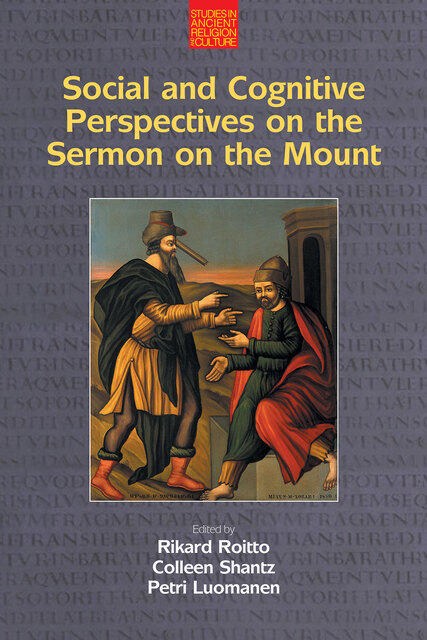Roitto et al./Social and Cognitive Perspectives, 8. Is there a Reason to Worry?

Full description
Niilo Lahti asks whether Jesus convincingly argues that there is no reason to worry (6:25-34). He does so by means of Stephen Toulmen’s model for analyzing the argumentative structure of rhetoric, called pragma-dialectics. With pragma-dialectics, we can disentangle complex argumentation and strategic rhetorical maneuvering in order to evaluate whether the arguments in the Sermon can convince the reader to accept the claim that worry is superfluous. The starting points of the argumentation, that birds and lilies do not worry, might not strike the reader as a fair analogy and could thus be questioned; nonetheless, they function as strategic manoeuvers to confront the reader. However, the argumentation of the passage lets the reader know that these examples illustrate the arguments that God supports those who do not worry and that worries cannot prolong one’s life. These two lines of argument are backed by various supporting arguments and cumulatively support the claim. Although the rational arguments might not convince every sceptic, Jesus speaks authoritatively as one who lives according to his teaching and the idea of a life free from worries is appealing to our emotions. Thus, the arguments of the Sermon are powerful enough to convince at least those who view Jesus and his way of life as authoritative.
- typeImage
- created on
- file formatjpg
- file size248 KB
- container titleSocial and Cognitive Perspectives on the Sermon on the Mount
- creatorNiilo Lahti
- isbn9781781799994 (eBook)
- publisherEquinox Publishing Ltd.
- publisher placeSheffield, United Kingdom
- series titleStudies in Ancient Religion and Culture
- doi
We use cookies to analyze our traffic. Please decide if you are willing to accept cookies from our website. You can change this setting anytime in Privacy Settings.
